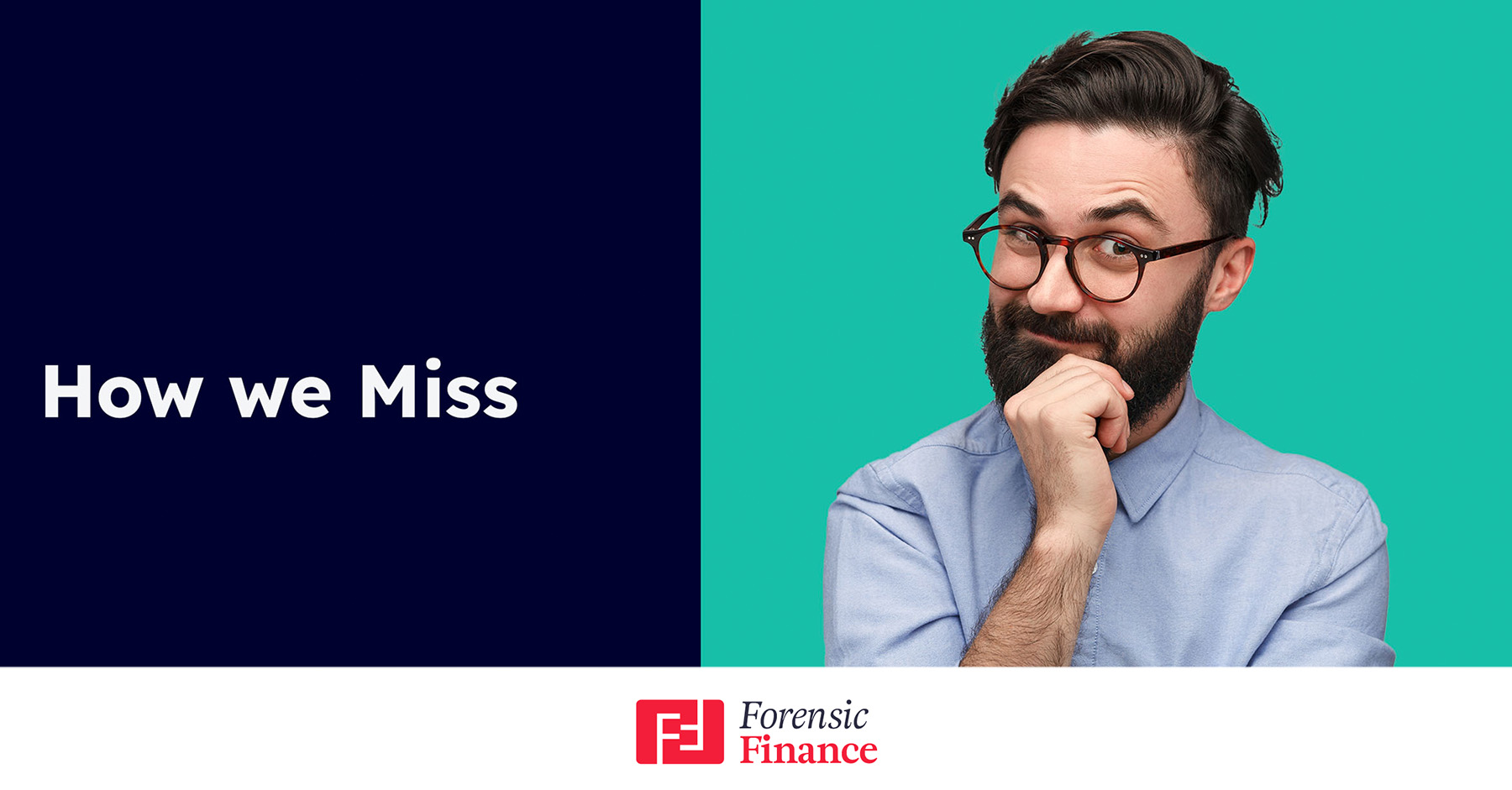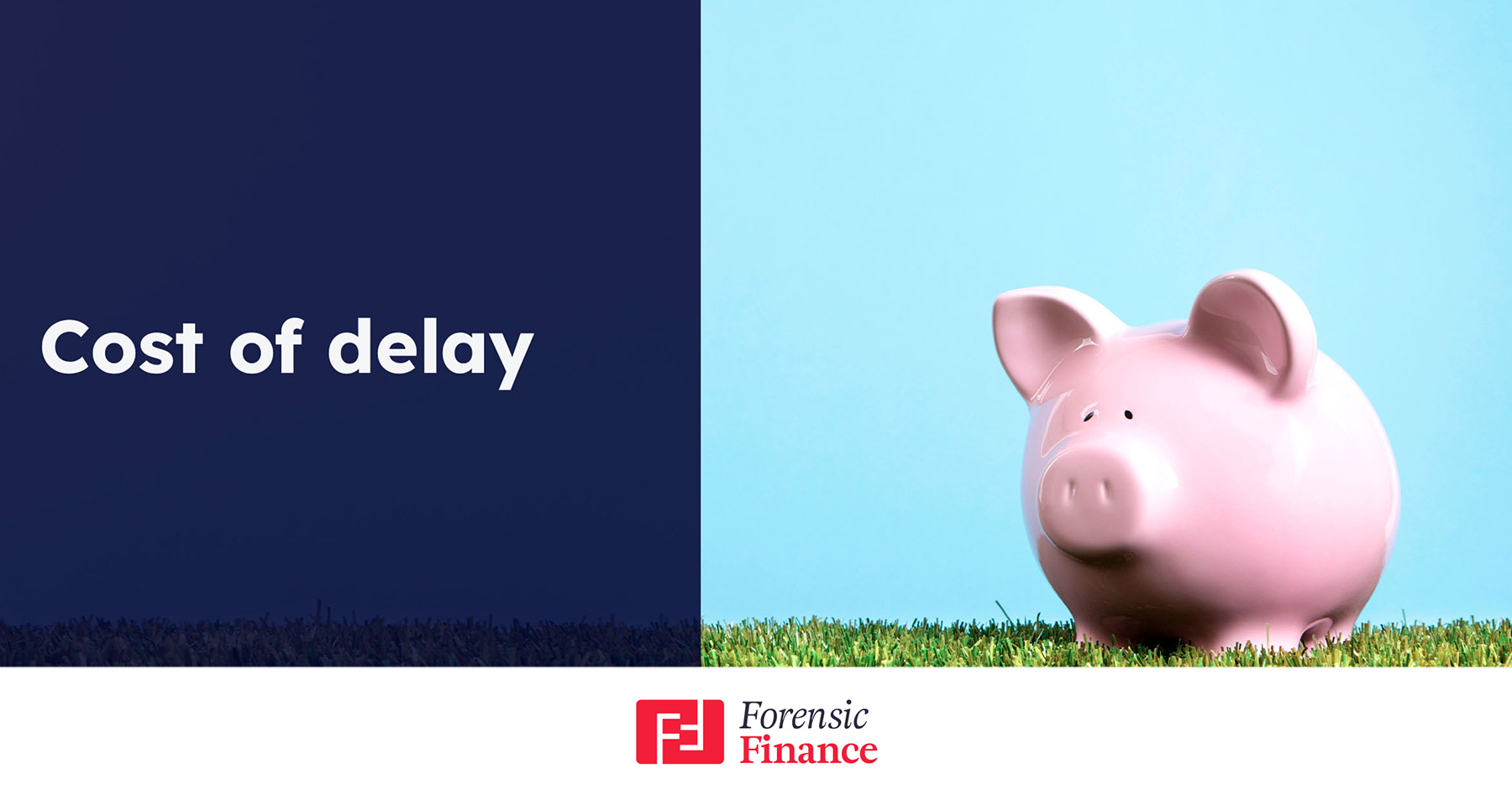In a desperate attempt to avoid making this blog a boring blah blah blah financial lecture, we are going to use a metaphorical frame.
Human beings are programmed through thousands of years of trial and error to a) survive, b) reproduce c) thrive, and d) choose wisely when selecting a movie on Netflix… OK, maybe not the last one.
All this experience has given us a natural risk and reward instinct deep within, so we can rapidly assess any situation and take action.
Our brain naturally filters ambiguity, removing it from our consciousness and closing the gap in decision-making that few extra milliseconds. Evolutionarily, this has saved our ancestors’ lives.
Our experiences and inherited experiences play a huge factor in every choice we make.
This, of course, naturally spills over into investment decisions.
One of the many sophisticated strategies the financial services world employs is to make yet more science of this human way of thinking. One of the most popular and, in our opinion, valuable measurements to assess any given investment is something called a ‘Sharpe Ratio.’
Many people delegate their investment choices to others they have already carried out a risk assessment with, their broker. However, it would be a good idea to understand how much risk the money you have worked so hard for is exposed to daily. You may be unpleasantly surprised.
Sharpe ratios give us a number. The higher the number, the better. The lower the number, the worse. This is because the number is divisible by 100, so if I had a sharp ratio of 2, I would be exposing myself to 50 units of risk to a given percentage of intended gain. If my Sharpe ratio were 1, I would take twice the risk amount for the same intended gain percentage.
So why the hell would anyone do that?
First, most investors need to be made aware of this metric. You would be surprised by the uneasy level of risk many of the people that reach out to us for help have previously been exposed to.
Again but why? Well, there are many factors: Naivety, commissions to brokers, poor fund managers and poor investment strategy.
So how do you know what this number is? That is a paradox in and of itself. It’s both simple and complex. The individual stock and funds you invest in should display this number on their fund fact sheets.
As a rule of thumb, a sharpe ratio between one & two is OK. A ratio between two and three is good, and above three is excellent.
It gets a little more tricky when calculating the overall weighted sharpe ratio of your portfolio. For this, click on this link, and we will do the heavy lifting for you.
So to end with an analogy.
You’re going on an aircraft to go on holiday. One airline has state-of-the-art, tested, and proven safety technology. You are less likely to experience a problem, and you will likely get a much smoother ride, a larger seat, better service, and less stress. The other airline has the oldest fleet, has poor safety standards, is poorly run and squeezing profit out of every corner, has poor service and has maximum stress. They are both the same price. Which one do you choose?
Here’s the kicker:
In our experience, when comparing investment portfolios, unlike the analogy above, the more dangerous one is usually far more expensive. It’s nuts!
Related posts:
Your pension is your asset, just like any other, So it's reasonable to expect that when you finally shuffle off this mortal coil, your pension doesn’t shuffle along with you, landing squarely in the tax man's pockets.
You may have at some stage in the past, between 2006 and now, transferred your UK pension to either a qualified recognised overseas pension scheme, QROPS or an international Self-Invested Pension Plan, SIPP. If you have, then this article is for you.
- Published On: December 1, 2022Categories: Emotional Investing, Investing
The illusion that we understand the past fosters overconfidence in our ability to predict the future. We experience this all the time at Forensic Finance when in final consultations with clients, it can often be cathartic for someone to let go of past experiences to clear a path to recover a poor-performing portfolio.
- Published On: November 4, 2022Categories: Emotional Investing, Planning
If your target is to accumulate $2,000,000 over a given period, let's say by your 50th birthday, and today, you turned forty years of age. The required saving level, assuming zero investment growth, would be £16,666.66 per month.




